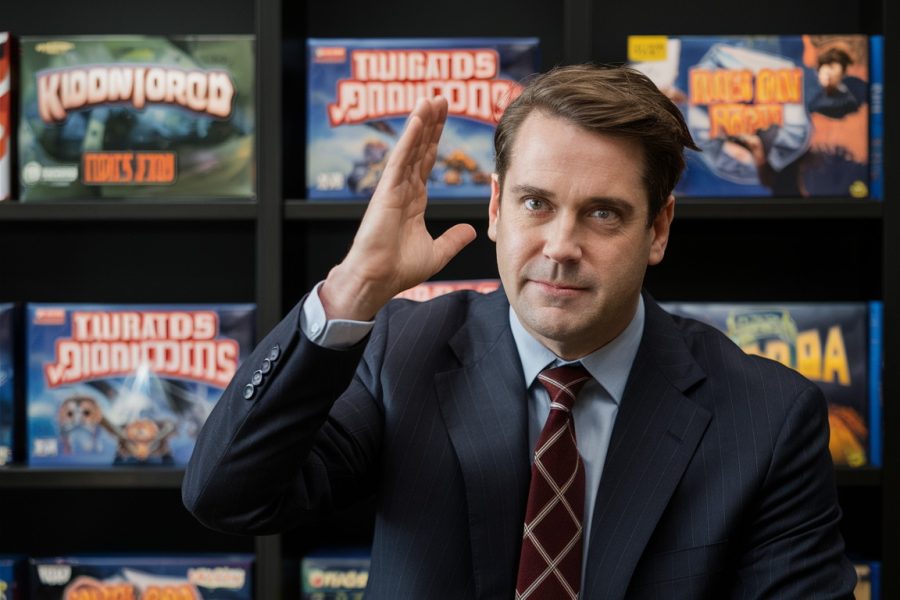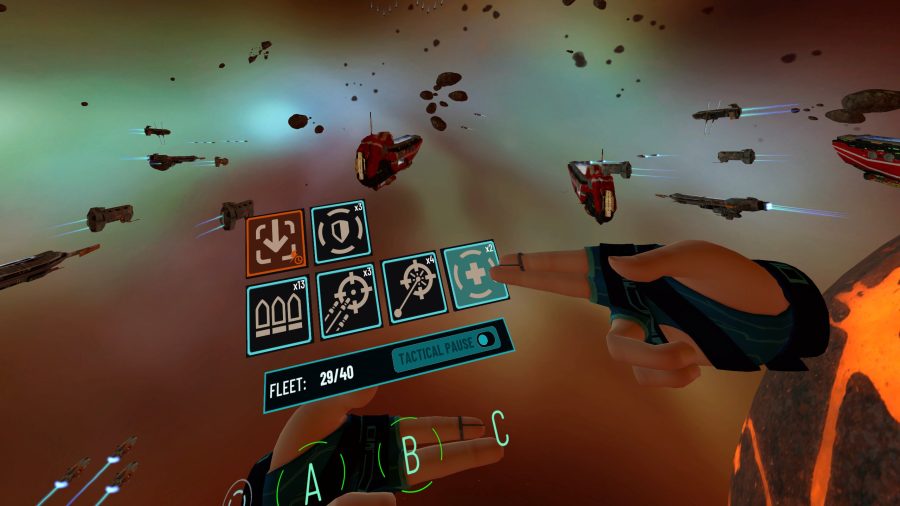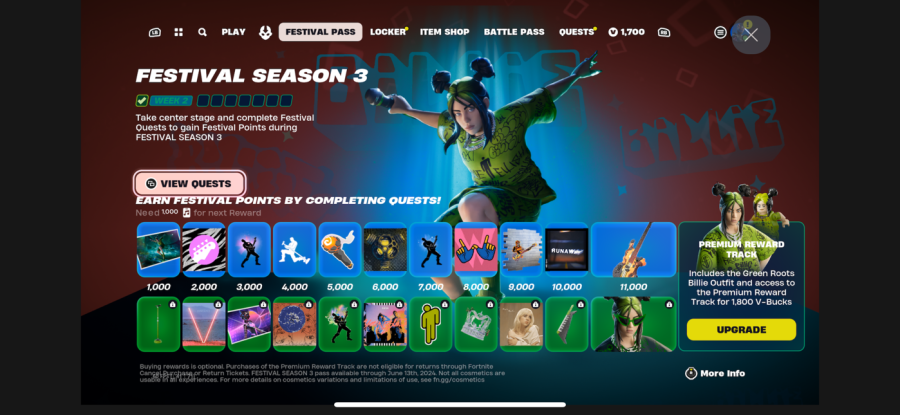There’s a good possibility that Microsoft may have made a bigger splash by exiting the keynote address and booth presence at the 2013 Consumer Electronics Show than it made by being there in the four years leading up to 2012. If CES were an accurate barometer of consumer sentiment, then today we would all be snug in our vibrating chairs with our femtocell-enhanced home wireless phones (with built-in universal remotes), watching HD DVD movies with “TV Everywhere” live interactive background feeds on our plasma screens through our VIIV media PCs, and with mobile TVs in our shirt pockets feeding us live sports scores via AOL’s colossal media empire.

In 2006, the spotlight of the Bill Gates Microsoft keynote was the music distribution service of the future. Called “Urge,” it was a joint venture between Microsoft and MTV, at a time when the “M” in the latter’s name stood for “music.” Users would pay $9.95 per month to stream music videos directly to Windows Media Player 11, and receive songs in a format that was not portable to devices like iPods. That was followed up by the phone service of the future, called “Windows Live Call,” which would be integrated into digital HDTVs by way of a partnership deal with DirecTV and Verizon.
The touch-sensitive cutting board
2007 was the year in which Total HD discs changed our viewing habits forever, according to the show daily. From Microsoft, we saw nothing less than hybrid LCD window panes in the home that could display live racing games and project text messages while simultaneously serving as a window, to coin a phrase, into the great outdoors – perhaps your own, perhaps someone else’s stored on permanent Total HD disc. When businesspeople met on the street, rather than exchange business cards, they would hand each other barcodes using Microsoft’s original format.
If you’ve ever watched “America’s Funniest Home Videos,” on occasion you’ll see replayed the heartwarming scene of a father pitching easy straight-balls to his son in an oversized cap, who swings each time either two seconds before or two seconds after the ball reaches the strike zone. No greater “swing-and-a-miss” has ever been displayed at CES, in my opinion, than Bill Gates showing off the touch-sensitive kitchen island table that projects recipes, in a room with scene-changing wallpaper and LCD wall hangings whose masterworks rotate every 15 seconds. Here was the year that the obviousness of the need for a touch-sensitive tablet form factor presented itself in crystal clarity, and here Gates’ home of the future showed every conceivable and inconceivable form factor except the one you can take with you. If a future Gates biographer were to ask the man, “What made you finally decide to leave Microsoft and save thousands of people’s lives in Africa every day for a living?” Gates should respond merely by handing her this video. (On an iPad.)
As I’m sure you’ll recall, 2008 was the premiere of the media delivery platform that changed the way you live and breathe, Mediaroom. Election returns will never be the same as folks would use their Xbox 360s to point to individual states and see the electoral breakdown. And the cross-platform technology that would deliver video to every screen in your life, including your Mediaroom, is today the name on everyone’s tongues: Silverlight.
Platforms aren’t fun
When Steve Ballmer took the reins from Bill Gates for the CES keynote in 2009, there was an obvious – and for a while, refreshing – effort to bring the level of product-oriented prognostication back down to a level somewhat closer to Earth’s atmosphere. The problem was, it became painfully obvious that Microsoft’s principal business – software – was the very thing consumer device manufacturers had lost interest in. To say our lives are changed by software every day, as Ballmer was prone to say and even repeat and then to reiterate, is to speak the truth; but our lives are changed by refrigeration every day as well, and we don’t throw a party for it every year. Unless you’re a developer, you can’t really put your arms around and embrace an operating system. And CES has always been about concepts you can touch… just not necessarily real ones.
But then 2010 marked the return of all those technologies we loved the first time they were hauled out: Mediaroom 2.0, Silverlight 3.0, the Zune. It introduced what would later be called the Kinect, which Microsoft actually did bat out of the park. But it was the first painful year that the company openly walked away from its Ultra-Mobile-PC dream, once called Origami, and embraced the tablet form factor… in a coalition with HP that became the stuff of legend.
Ballmer’s repetition and later restatement that the slate, the slate, the slate would change our lives would have been the most notable takeaway, had it not been for this classic: “We Bing. We Bing, and we Bing. Bing, Bing, Bing, all the time. At least in my world.” But even Bing, Bing, Bing was upstaged by what Ballmer openly refused to say: anything whatsoever about the future of Windows Phone.
The fact that Microsoft is not, and probably never will be, a consumer device company has launched its annual rediscovery tour every January in Las Vegas for nearly two decades. That the company will mercifully suspend this tour after 2012 does not signal either the end of Microsoft or the end of CES, both of which have been predicted this morning. The truth is, Microsoft needs to stop doing the things we know it’s bad at. It’s terrible at trying to define form factors. It makes fine platforms, such as Xbox 360, and it should keep that up.
CES, meanwhile, will continue to be a giant 3X, 4D, 5G projection screen for the market that its vendors all want us to live in, even when we, the consumers, have other ideas. For the past decade, it has been the newly-decorated gateway entrance to the next, greatest walled garden that consumers ultimately reject. But it does serve that vital purpose of beta-testing ideas, especially the bad ones, in an environment where failures, like bad parties, stay in Vegas and don’t come back to haunt you (except in articles like this one).
Expect a platform company, not a device company, to step into Ballmer’s shoes in 2013 to demonstrate the latest in synaptic feedback technology for channel surfing. Microsoft has had the stage for long enough. It’s someone else’s turn to swing and miss.










